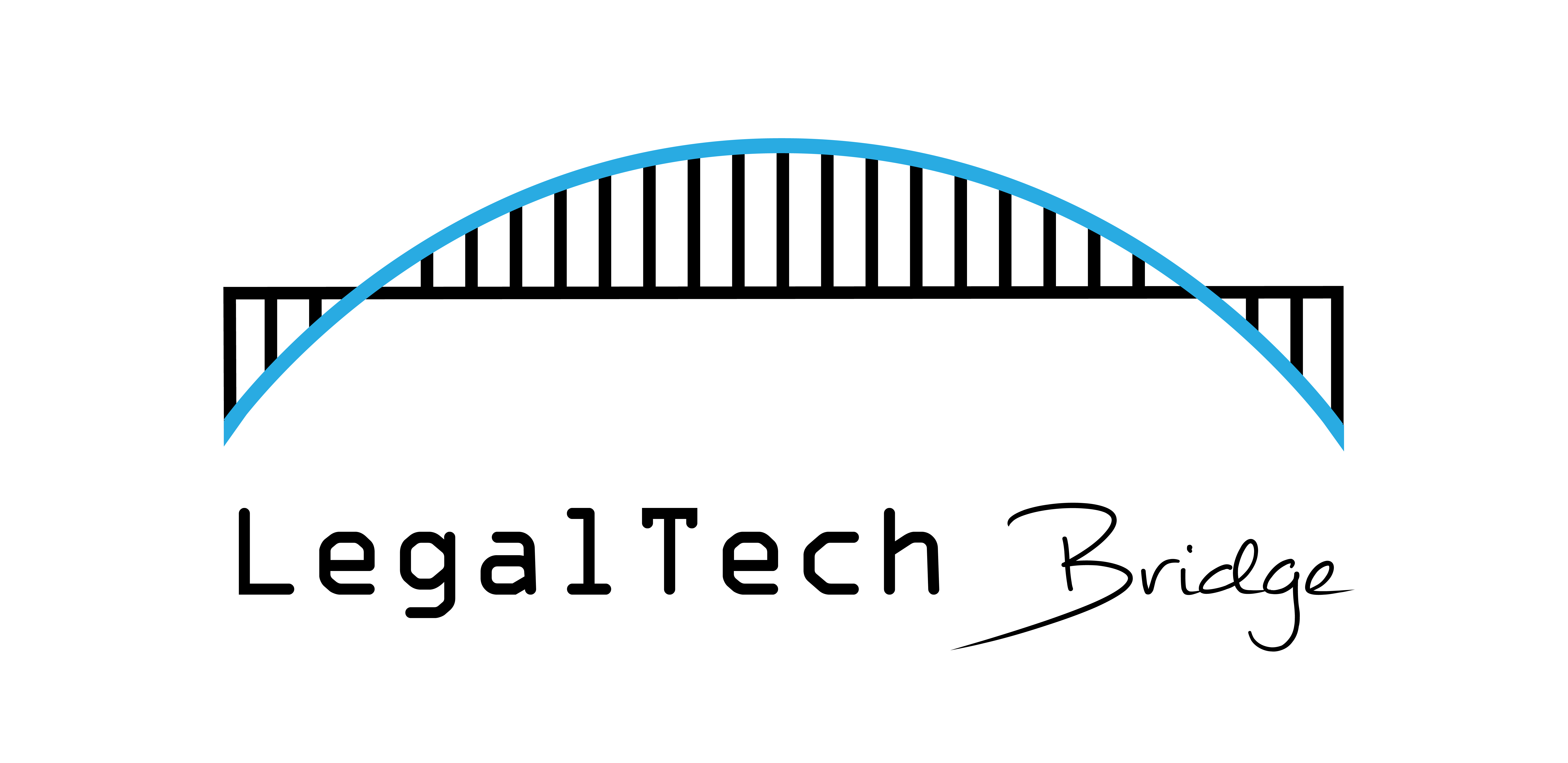Technology, Artificial Intelligence in particular, is the future. Legal applications are no...
A Proposed Framework for LegalTech Education
Legal Defensibility
Solving a problem starts with acknowledging the problem and then describing it so that you can better recognize it and indicate its cause. We have now passed that phase of acknowledgment, description, recognition, and cause in the world of LegalTech. Now, it is time to work on solutions. An integral solution to obtain legal defensibility and acceptance of society of the use of technology in legal applications consists of a combination of the following five components:
- Take into account applicable law;
- Taking into account ethical aspects and social norms and values;
- Understanding the mathematical background, assumptions, and limitations of algorithms;
- The proper implementation and training of these algorithms by computer scientists; and
- The correct (forensic) use of those implementations in practice.
These are the five pillars of the responsible use of legal technologies within the legal domain. This can only be achieved by taking into account each of these five components in a coherent manner [1].
Acknowledge and Address the Differences
Acknowledging the differences in background, skills, working methods, language, and education between law and computer science students is paramount. If this is not addressed in the courses, teachers, and students will not understand each other, and learning goals will not be met.
For both computer scientists and lawyers, “You only see it when you know that it exists and what it looks like.”
Computer scientists will therefore have to study legislation and ethical aspects.
Lawyers need to understand technology, its implementations, and its forensic requirements.
Together, they can then come up with the right solutions.
In our increasingly complex society, the law and computer science faculties of both academic universities and colleges have the responsibility to provide the right multidisciplinary education. That is where the solution begins. Companies, governments, and service providers will soon follow.
Do not Breach Comfort Zones Too Much
Next, it is important to explain the algorithms and mathematics of LegalTech in their legal context; otherwise, law students will be lost. However, ethics and legal requirements must be explained to computer science students in the context of the mathematics, machine learning, and artificial intelligence algorithms they learn; otherwise, they will be lost as well.
Students have to be challenged and taken outside their comfort zones, but not too much, and not without a context they understand.
Include Hands-On Experience
Hands-on experience with various implementations of legal technologies is essential to really understand how it works, what its limitations and sensitivities are, and to help legal professionals overcome the “fear of technology.”



